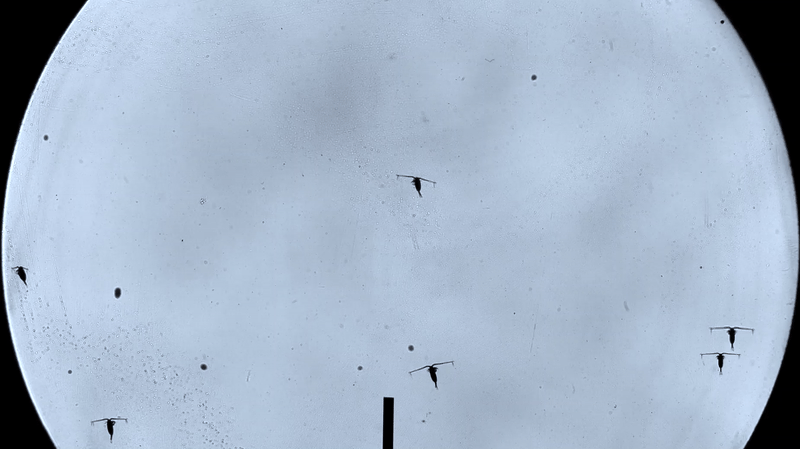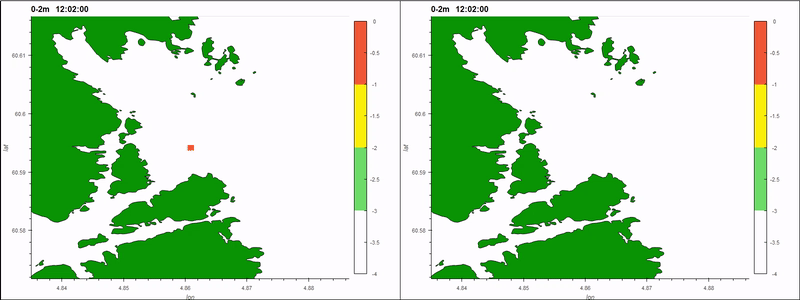Lab experiment: Small doses of delousing agent killed zooplankton

Calanus is the main species of zooplankton in the Norwegian Sea.
Photo: Terje van der Meeren / Institute of Marine ResearchPublished: 25.02.2020 Updated: 26.02.2020
And survivors may be left unable to escape predators. That is the conclusion of a new article published in Facets.
“Calanus is the main food of juvenile fish along the Norwegian coast where all the fish farms are located. It spawns in spring, when the use of delousing agent peaks. That’s why we need to know whether it is harmed by hydrogen peroxide”, says PhD-student Rosa Escobar-Lux.
Lethal the day after contact
The first goal was to find the lowest lethal doses. The researchers put Calanus in tanks containing varying concentrations of hydrogen peroxide for one hour. After leaving them to recover for 24 hours in clean water, they measured the outcome.
“A tank with ten percent of the recommended delousing dose for salmon kills all adult Calanus“, says Escobar-Lux.
A concentration of 1.8 percent killed half of them. Researchers call this point LC50 – the dose that kills half of the test animals.
Juveniles were more resistant
Juvenile Calanus turned out to be somewhat more resistant. 4.5 percent of the delousing dose was needed to kill half of them by the following day.
“When used at fish farms, hydrogen peroxide is less effective against juvenile salmon lice than their adults. That’s why we also tested its effect on juvenile versus adult Calanus”, explains Escobar-Lux.
You can see all of the results in the scientific paper.
Part of the bigger picture
At sea, the delousing agent will become increasingly diluted the further you go from where it was released. How quickly that happens depends on the currents.
“What do the lab results tell us about what actually happens in nature?”
“This research does not tell us whether such concentrations of hydrogen peroxide occur outside sea cages. What it tells us is that if such concentrations do occur, it may harm Calanus in the area”, says Escobar-Lux.
What doesn’t kill you…
The researchers also wanted to know what happened to the individuals that survived exposure. Were they unaffected, or did they suffer any so called sub-lethal effects? They tested the escape response of the Calanus.
Calanus can dash quickly out of harm’s way if they sense unexpected turbulence in the water. For example, when a fish opens its mouth to eat it.
Using a small, targeted water current, the researchers created a similar turbulence. They filmed the reactions of ordinary Calanus and of the delousing agent survivors.

Stopped avoiding the “fish jaws”
“Juvenile Calanus that survived exposure to five percent of the delousing agent dose, did not leap away from the “fish jaws”. They mainly lay immobile on the bottom of the tank”, says Escobar-Lux.
“In other words, hydrogen peroxide can increase the risk of survivors being eaten.”
Reference
Escobar-Lux, Rosa H., David M. Fields, Howard I. Browman, Steven D. Shema, Reidun M. Bjelland, Ann-Lisbeth Agnalt, Anne Berit Skiftesvik, Ole B. Samuelsen, and Caroline MF Durif. "The effects of hydrogen peroxide on mortality, escape response, and oxygen consumption of Calanus spp." FACETS 4, no. 1 (2019): 626-637. URL: https://doi.org/10.1139/facets-2019-0011

